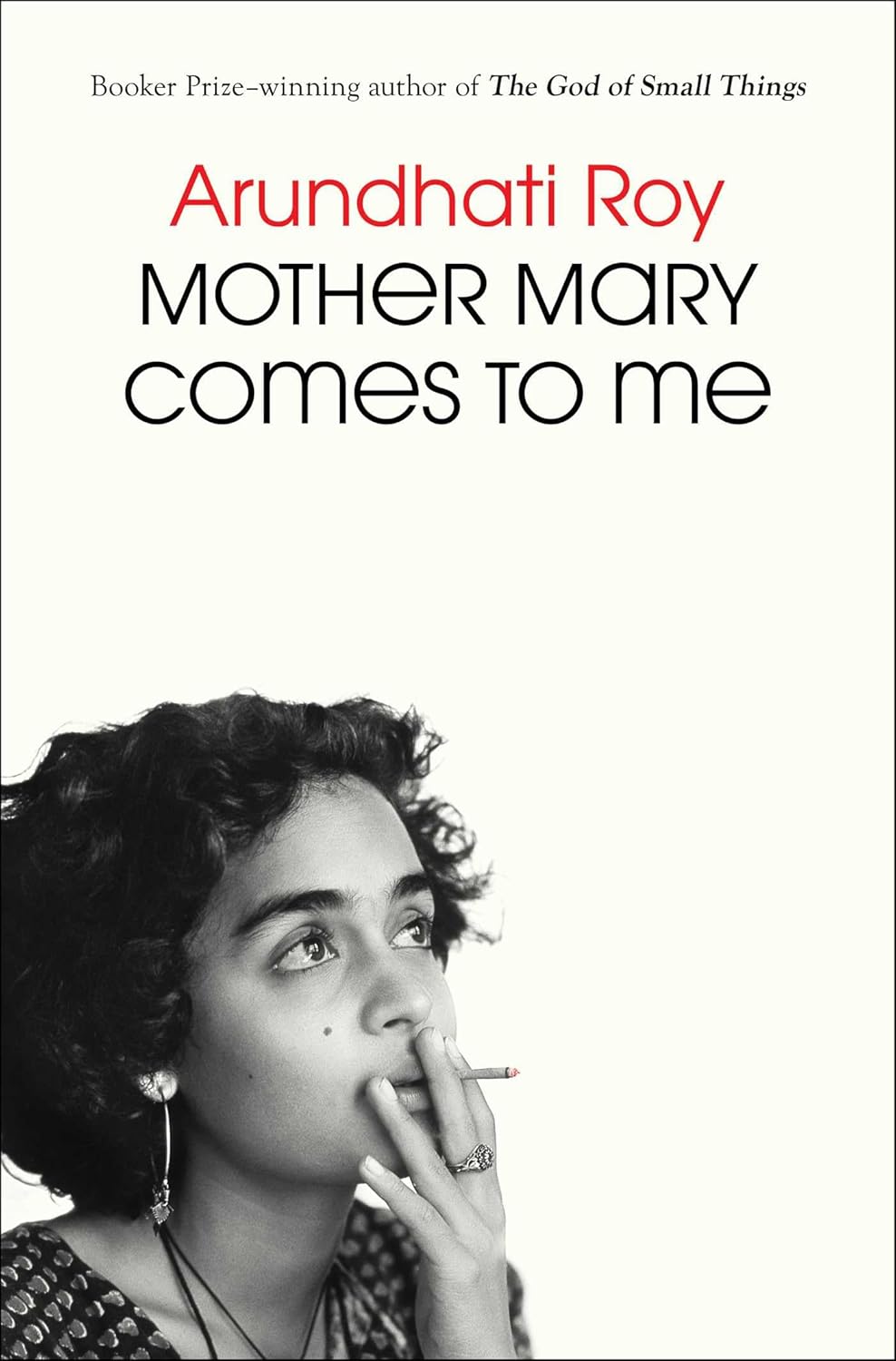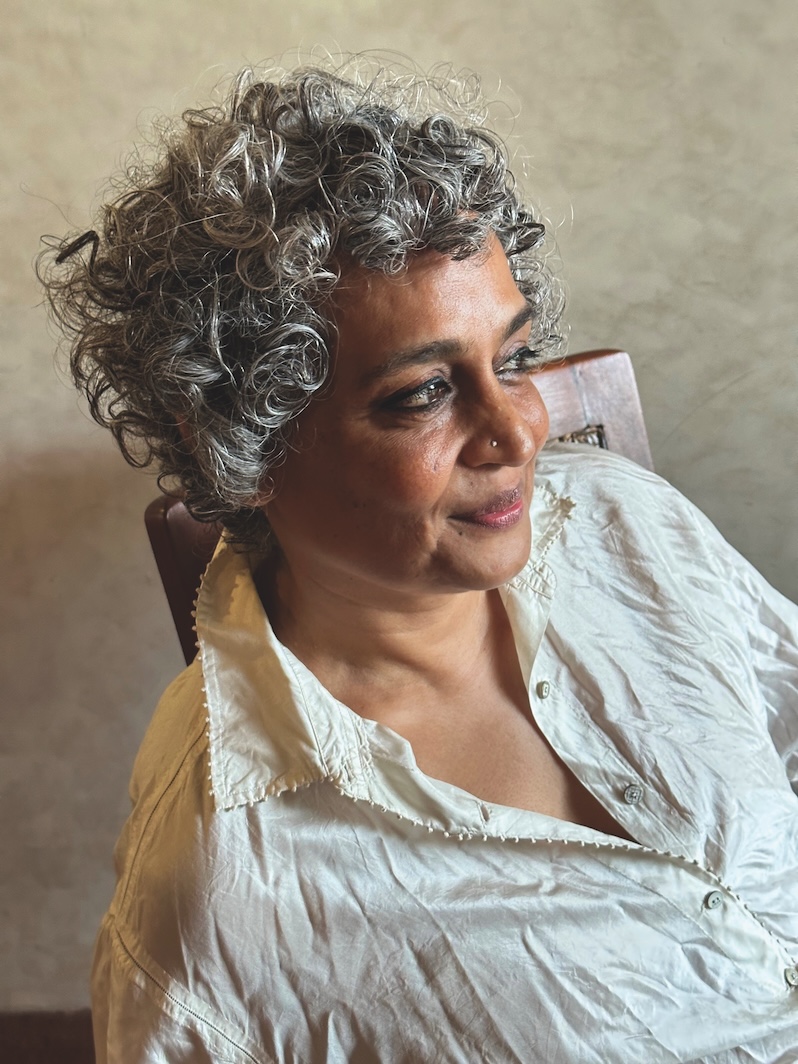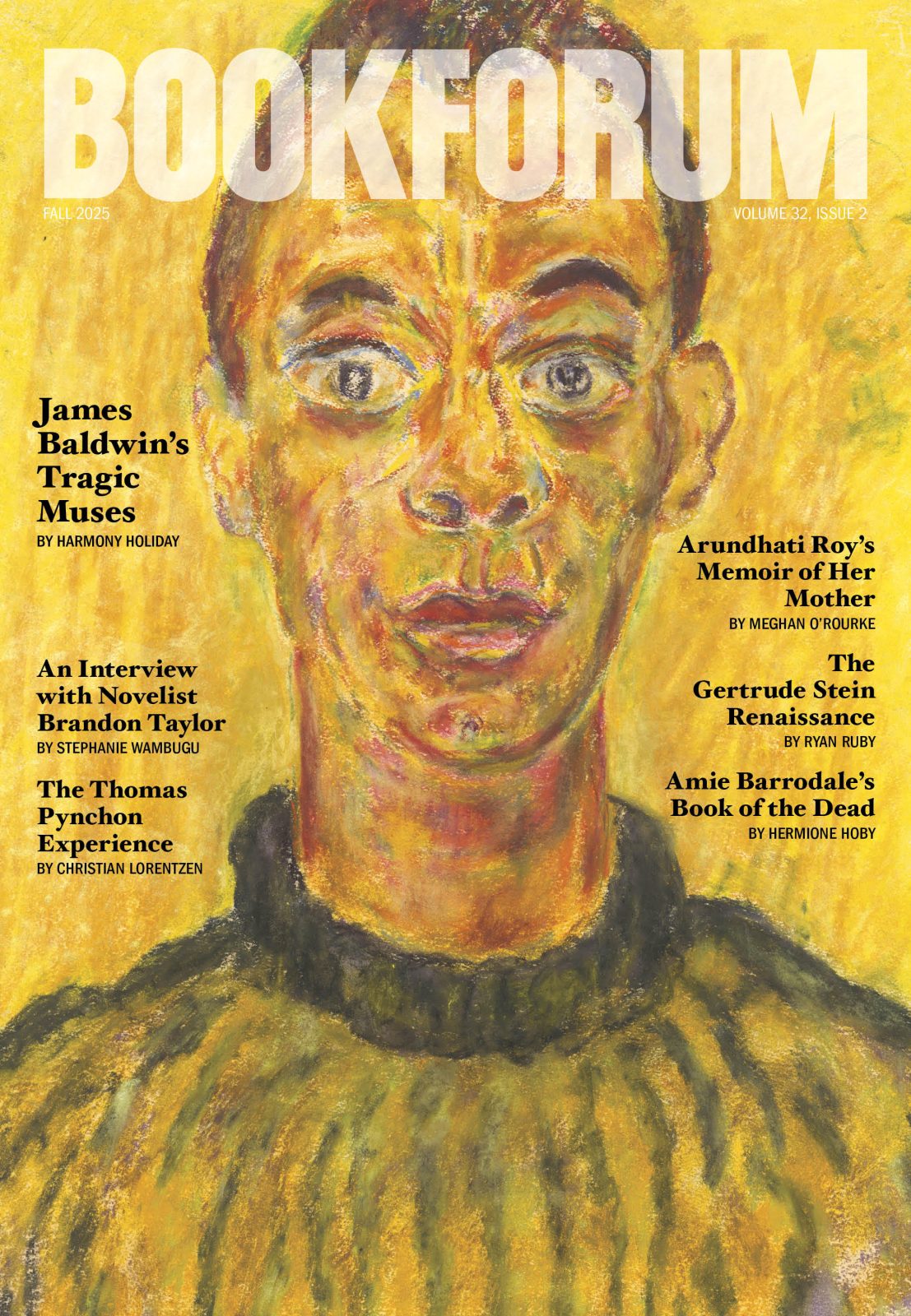
MEMOIR IS A SLIPPERY genre. Its name, from the French for “memories,” suggests a transparent fidelity, as if writing one required only transcription. In fact, every era produces its own forms of life writing, shaped by its particular cultural preoccupations and oversights. Today, for instance, most memoirs fall into two camps: first, the classic retrospective life story of a notable figure, often these days told by a celebrity or someone celebrity-adjacent looking back on a life either well or messily lived (Andre Agassi, Graydon Carter, Keith McNally). Second, the narrower literary memoir, which took off in the 1990s as a way of telling stories of traumatic childhoods (Mary Karr, Tobias Wolff), and, a generation later, is less about childhood and more about drilling into a single ordeal or theme—grief, illness, recurrent pregnancy loss. Yiyun Li’s Things in Nature Merely Grow, Alison Bechdel’s Are You My Mother?, and Joan Didion’s The Year of Magical Thinking exemplify this mode. Their popularity suggests a cultural appetite for depth and focus in a world of nonstop, and often superficial, connectivity.
Initially, Mother Mary Comes to Me, the new memoir from the Booker Prize–winning Indian novelist and activist Arundhati Roy, looks like the second kind of memoir: a narrowly focused account of a mother and daughter’s tempestuous, contradictory relationship. When Roy was three, her debilitated thirty-year-old mother prepared her daughter for a death that never came; instead, Roy and her brother were forced to “absorb” their mother’s “darkness” for decades, until she eventually died at eighty-eight. Roy, long primed for this outcome, was puzzled at the intensity of her own grief: she is “wrecked, heart-smashed.” But what follows is not the book that the opening promises; rather, it is a more typical history of the author’s own (very interesting) life—if one in which the mother is both the wound that won’t heal and the catalyst of all that came later. Mother Mary Comes to Me contains both indelible, vivid writing about childhood and many blurry, summarizing pages about achievements and events in Roy’s life. Its combination of modes raises questions about what work memoir does in the twenty-first century, when the deepest impulses of a book can often be obscure even to the person writing it, and when the drive to account for ourselves publicly can easily overtake the quieter perceptions of literary writing.
Roy’s early years were shaped by the trailing effects of British colonialism and the supernova force of her mother’s anger. At its best, Mother Mary Comes to Me is a kind of Iliadic epic, describing not the war one man’s wrath can unleash but the havoc wrought when maternal fury shapes a family and its politics. Roy’s life resembled that of the twins in her novel The God of Small Things: her mother, Mary, an educator, was descended from Syrian Christians in Kerala, and her father, Rajib Michael (Micky), who worked on a tea estate in Assam, was a Hindu Bengali. When Arundhati was two, Mary left Micky because he turned out to be an alcoholic (and a “Nothing Man,” as she later called him). She moved her children—Arundhati and her older brother Lalith, known as LKC—to a cottage in Ooty, a town in the state of Tamil Nadu, that had belonged to her maternal grandfather, who was once an Imperial Entomologist. Life in the cottage—“dank and gloomy with cold, cracked cement floors and an asbestos ceiling”—is evoked with the lyric precision born of a lonely child’s imagination, a force that also animated Roy’s first novel. She recalls wondering what might be hidden in the English tenant’s “high, puffy” hairdo—wasps, she and her brother decide. The writing here is vintage Roy, the surreal creeping in at the edges of the real.
The family’s tenure in Ooty was precarious. Mary’s family, dismayed by her marriage, was combative, and Mary, a single parent with little money, was deeply vulnerable. One day, Mary’s mother and brother showed up to evict her and her kids, in the belief that she had no claim to inhabit the cottage. Under the Travancore Christian Succession Act, a law in the state of Kerala that applied to Christians, daughters had no right to their fathers’ property. Of the attempted eviction, Roy writes, “I remember my mother, my brother, and me holding hands, running through the town in panic, trying to find a lawyer.” Her grandmother and uncle turn out to be wrong. But, plagued by ill health, her mother ultimately moves back to Kerala, to the village of Ayemenem, where Roy spent her earliest years. Roy describes the Syrian Christian community there as being relatively wealthy yet socially conservative: a place where women were “only allowed the option of cloying virtue—or its affectation.”
Not for Mary Roy. Education was Mary’s passion. In Ooty, she’d taught at a local school run by British missionaries who had chosen to stay after India’s independence, from whom she absorbed new pedagogical methods even as the damp weather aggravated her asthma and her temper. And so, in 1967, after they moved back, Mary founded an innovative school, Pallikoodam, in a Rotary Club basement, relying on Arundhati and LKC to help clean up the cigarette butts and dirty glasses left behind after the men’s nightly meetings. Over the years, through sheer force of will, Mary transformed herself from a figure of unmarried penury into a local celebrity, as the school’s renown grew. Ultimately, she attended meetings with an attendant fanning her slowly with a “lush, round” peacock feather (to the embarrassment of her teenage daughter). This reinvention, Roy says, was “nothing short of a miracle,” yet also “a terror and a wonder to behold.”
Perhaps more terror than wonder: Mary was volatile, imperious, and often cruel. As Roy notes, in Kerala her mother “conducted herself with the edginess of a gangster.”She is remembered, in interviews, by her daughter as “the calcium in my bones, the steel in my spine,” yet she also was unpredictable and abusive. She insisted her children call her “Mrs. Roy,” beat LKC with a wooden ruler until it broke, and hissed “bitch” at her nine-year-old daughter for accidentally ending a phone call. When Roy’s beloved dog Dido mated with a street dog, Mary had her shot—“a kind of honor killing,” Roy writes. Yet Mary was also a formidable opener of her children’s minds, reading aloud to them from Kipling, A. A. Milne, and The Rise and Fall of the Third Reich, as well as (with perhaps characteristically poor judgment) the opening of Lolita.
Life with Mary was an uneasy mixture: she offered both thoughtful education and humiliation, cultivation and cruelty, so tightly entwined that her daughter could not always separate one from the other. Roy herself puts it starkly: her brother received an “abusive, bullying wrath,” while she endured something “more ambiguous, but no less harsh.” For her students, Mary could be a visionary—instilling “light” in them—but she held her children to impossibly high standards. The young Roy took refuge in books and in nature when she was very small: “As soon as the shouting began, I would flee. The river was my refuge. It made up for everything that was wrong in my life. . . . Within months of being in Ayemenem, I turned into a part of its landscape—a wild child with calloused feet who knew every hidden path and shortcut.”
The strife between mother and daughter gives the memoir its fierce intensity. Writing about her mother, Roy shows how her own subjectivity and political sensibility are impossible to separate from the complex legacy of a woman who harmed her even as she armed her with the tools to resist inequity and corruption. For Mary, the would-be eviction in Ooty turns out, for example, to have catalyzed a life of activism on behalf of women’s rights in Kerala, resulting in a successful court challenge of the Travancore Act. Mary’s “mortification” at the hands of her mother and brother, her daughter sees, becomes a memory that she would “shield and safeguard . . . as though it were a precious family heirloom.”
Eventually, Mary sent her children to an expensive boarding school—her son first, at nine, and Arundhati two years later. They had “outgrown” her own school, but her daughter experienced it as exile: “I hated being sent away. (How we need our tormentors.)” The boarding school, with its khaki uniforms and military drills, “could not have been more different” from Mrs. Roy’s creative classrooms. It was there that Arundhati began to sort the world into categories—those she called the “Mummydaddy people,” children from conventional families, classmates whose parents came bearing food and new clothes, and herself, another species altogether, a lifelong “vagrant,” who would use her outsider status to question political norms.
Roy survived her mother in part by abandoning the woman who left no slight behind. Each step away revealed to her how unusual her family was, and how much world-building of her own she needed to do. At sixteen, she moved to Delhi to study architecture. “Alone, without even a working knowledge of Hindi,” she wrote, she ventured into a world that was both alien and liberating. She embraced a precarious young adulthood of drugs and rootlessness and making “hideous” art, and, crucially, ended contact with her mother. In these years, she embarked on a short-lived marriage (though it’s not clear if it was legal) to a fellow architect, JC, who had once met her “crazy mother.” For a time, the two moved to Goa. The marriage was brief, and soon unraveled.

IF THE FIRST HALF of Mother Mary Comes to Me can be read as a chronicle of formation—Mary Roy as crucible, her Kerala school as both shelter and ordeal, boarding school as exile, Delhi as escape—the middle resists any neat arc. Mary disappears from the book for a long stretch, as Roy sets off on her own, leaving behind the world she knew and living on very little income. Even so, she says, “My education, the class I came from, and, above all, the fact that I spoke English protected me and gave me options that millions of others did not have. Those were gifts bestowed on me by Mrs. Roy. At no point, no matter how untenable my circumstance, did I ever forget that.”
After leaving Goa, Roy began working at the National Institute of Urban Affairs and met the filmmaker Pradip Krishen, who—in one of those fateful moments in a life—fell in love with her and cast her in the film Massey Sahib. Together, they worked in film and TV, and Roy went on to write two screenplays, one of which won a National Film Award. The narrative of these restless and formative years is sketched loosely in the memoir, moving through events without always metabolizing them.
But these chapters do reveal the boldness of the forming writer. In the mid-’90s, Roy erupted into public controversy with her essay “The Great Indian Rape Trick,” which denounced Shekhar Kapur’s film Bandit Queen for restaging the rape of a living woman, Phoolan Devi, without her prior consent. The essay cost Roy professionally—Channel Four, which had produced Kapur’s film, severed ties with her and Pradip—but it crystallized what would become her lifelong concern with rights and the ethics of representation. (Amusingly, she recalls that when her commissioning editor at Channel Four publicly denounced her, he did so by complaining that her writing was like “an incontinent drunk trying to piss in a small pot.”)One sees here the paradoxical inheritance of Mary Roy’s tutelage: the fearlessness, the refusal of deference, and, at moments, a sheer bloody-mindedness.
Roy had begun siphoning time to write what became The God of Small Things, driven by an image of the river she had played in as a child. Her descriptions of writing the novel are among Mother Mary’s most tender passages. In 1997, The God of Small Things was published to wildfire success, and won the Booker Prize. It made her rich and changed her life, allowing her, after all those years of financial insecurity, to do what she pleased. Roy is charmingly frank about the royalties that freed her, and insightful about how hard it was to live, now, as a wealthy writer. It’s rare, one realizes, that writers-turned-celebrities write so openly about wealth and fame and the lingering sense of not belonging. “All personal achievement comes with a sense of foreboding,” she notes in these pages. “On the occasions when I am toasted or applauded, I always feel that someone else, someone quiet, is being beaten in the other room.”
Fascinatingly, Roy did not return to writing fiction for decades. “My heart . . . began to take public things extremely personally,” she writes. Turning to nonfiction, she wanted to “find a writer’s language” for the impact of politics, a language for displacement, for governmental greed, and more—the way she had found in her novel language for a child’s world of love and death. What followed was a cascade of political critiques: “The End of Imagination,” an essay written in the aftermath of India’s nuclear tests in 1998; “The Greater Common Good,” which critiqued the government’s project of building dams along the Narmada River in Gujarat; essays on the politics of Kashmir and Afzal Guru, who was convicted of a 2001 terrorist attack on the Parliament that killed nine people. Her essays prompted a backlash, even charges of contempt against her by India’s Supreme Court. In her nonfiction, she held nothing back, writing with a forcefulness that she attributes to her mother: “That was the beginning of my restless, unruly life as a seditious traitor writer. Free woman. Free writing. Like Mother Mary taught me.” The moments of insight about learning to displease the powers-that-be arrive with real force, as when she describes her love of her country: “The more I was hounded as an antinational, the surer I was that India was the place I loved, the place to which I belonged. Where else could I be the hooligan that I was becoming? Where else would I find co-hooligans I so admired?”
Arundhati Roy, like James Baldwin or Adrienne Rich, exemplifies the rareness of the writer-activist who uses nonfiction to illuminate pressing civic and social concerns, refusing to look away from their profound ethical stakes. But in some of her nonfiction, and in places in this book, the register hardens, and proclamation replaces description, as she moves to a public voice that is less curious about the ambiguities her fiction held. At one point, she takes issue with the idea of people calling her a writer-activist, asking why such a person is not just a writer. But the book answers her own question, reminding us that the difference between literature and activism is real: where literature lingers in ambiguity and all the things that can’t be said clearly, activism presses toward action and moral judgment. Roy’s nonfiction reveals how urgently such judgments matter, even as readers who admired her fiction’s lyricism may long for more of it here.
Early on, Roy herself foregrounds the stakes. “If I could understand myself better, I’d probably understand a lot more about the world and certainly about my country, in which so many people seem to revere their persecutors and appear grateful to be subjugated and told what to do, what to wear, what to eat, and how to think. There is something knotty here, something puzzling about the human condition in all of this.” It is a bracing realization. But then she pivots: “But maybe it’s best to leave some things un-understood, mysterious. I’m all for the unclimbed mountain. The unconquered moon. I’m weary of endless theories and explanations. I think I have begun to prefer descriptions.” The problem is that the “unclimbed mountain” and “unconquered moon” are themselves exhausted images, so familiar they verge on parody. What Roy means as a defense of mystery lapses into cliché, undermining her point about the importance of description.
Often, in this book, description plays second fiddle to a diffuse accounting of events. The people blur: even her husbands, central to the story of her adulthood, never emerge vividly. The narrative of her mother’s eventual sickness and decline is meandering, and dampens the emotional force of the book’s end.
MEMOIR—PERHAPS MORE THAN any other form of nonfiction—rests on our ability to see that the writer understands something about herself and her material. When that understanding clicks into focus in Mother Mary Comes to Me, the effect is tremendous.
In the West, memoirs tend to emphasize private drama, with politics serving as backdrop or belated reflection. But Roy’s memoir enacts a different philosophy of life writing: not the story of a self finding voice against a backdrop of politics, but the story of a self saturated with politics at every turn. It is, in this sense, a corrective to the Western tendency to conceive of memoir as a private drama of self-discovery, a story that emphasizes the individual above all. For Roy, selfhood itself is political terrain. This project helps explain both the strengths and the frustrations of Mother Mary Comes to Me. Roy the person is building a record of what it feels like to live within the turbulence of politics, family, patriarchy, and history. But Roy the novelist, with her ability to etch character in indelible strokes, seems at times absent here.
Yet the book’s messiness is also what makes it fascinating. Like the mother at its center, it is unforgettable and exhausting. Perhaps that is its truest accomplishment—and also its limit: to be as fiercely contradictory as the figure it portrays and as the genre it inhabits.
Meghan O’Rourke is the author of The Invisible Kingdom: Reimagining Chronic Illness (Riverhead, 2022).
